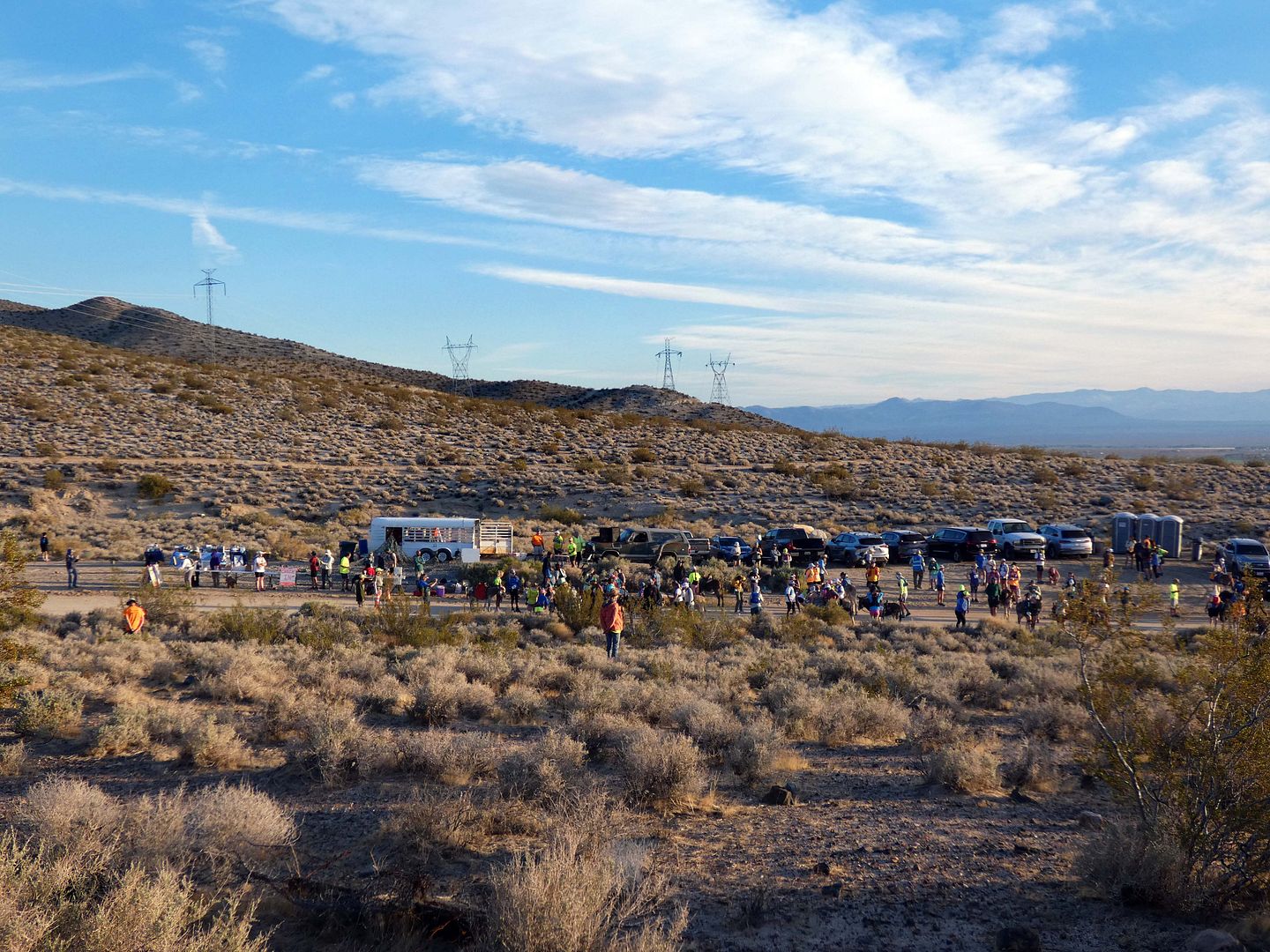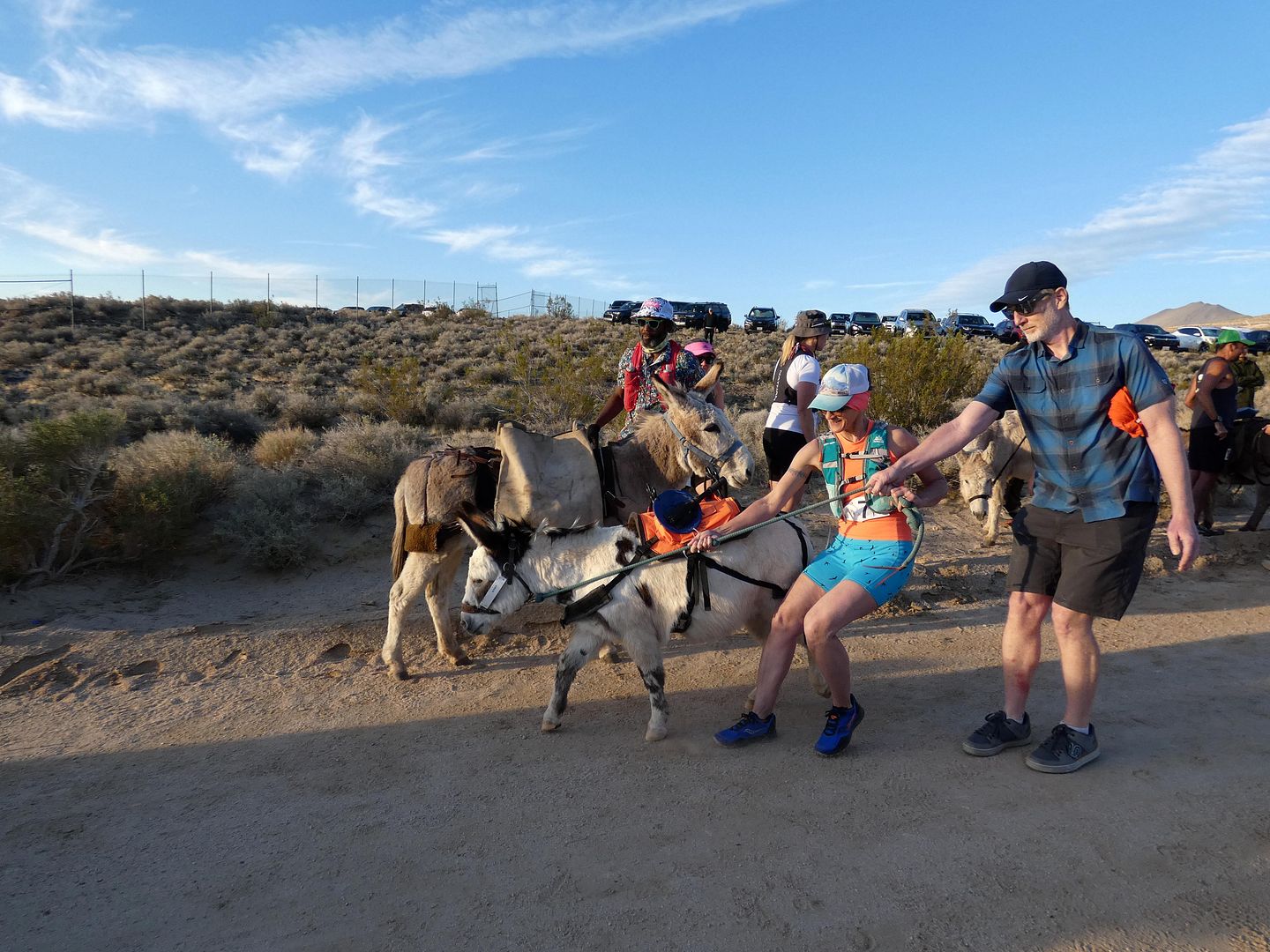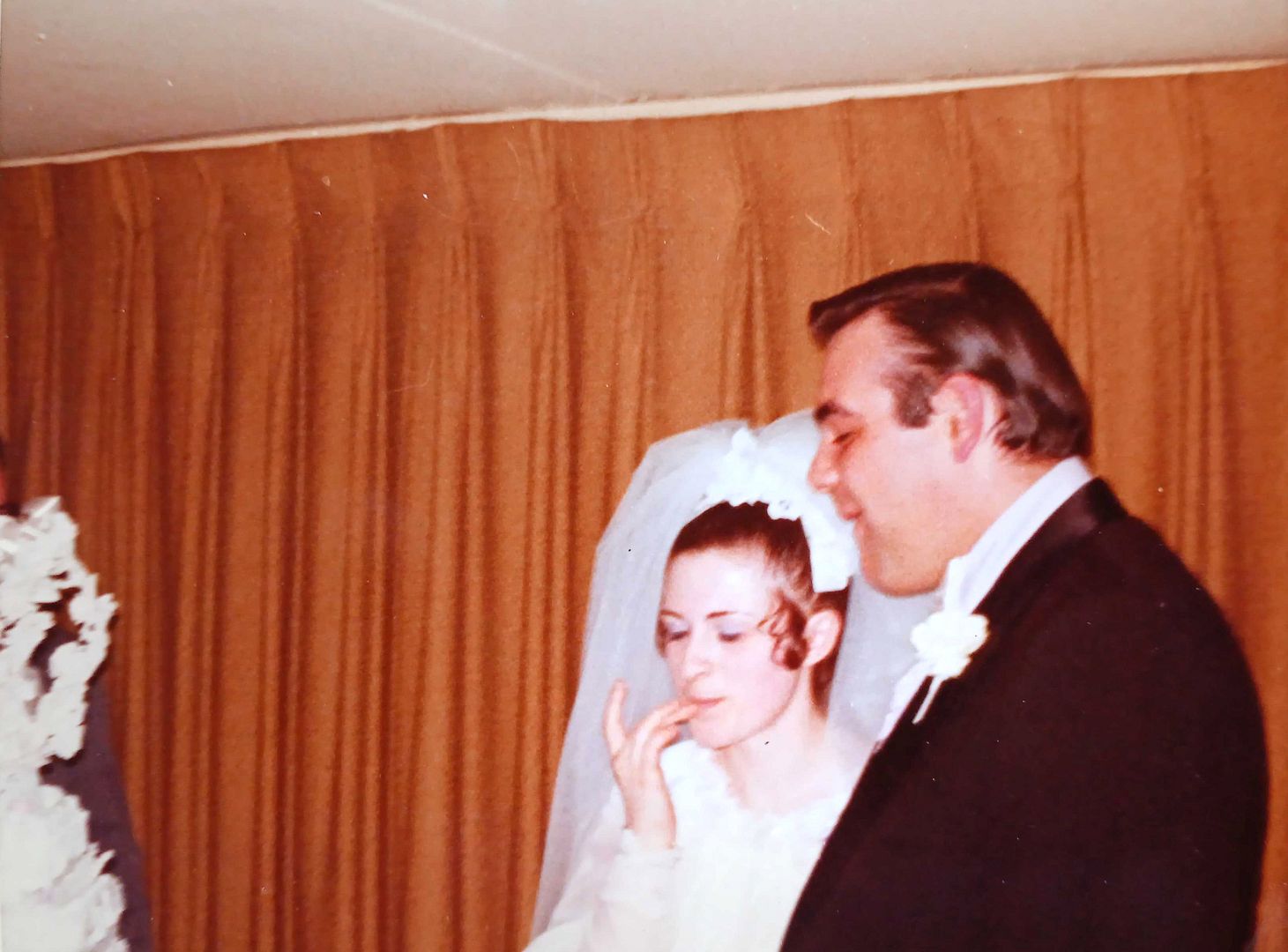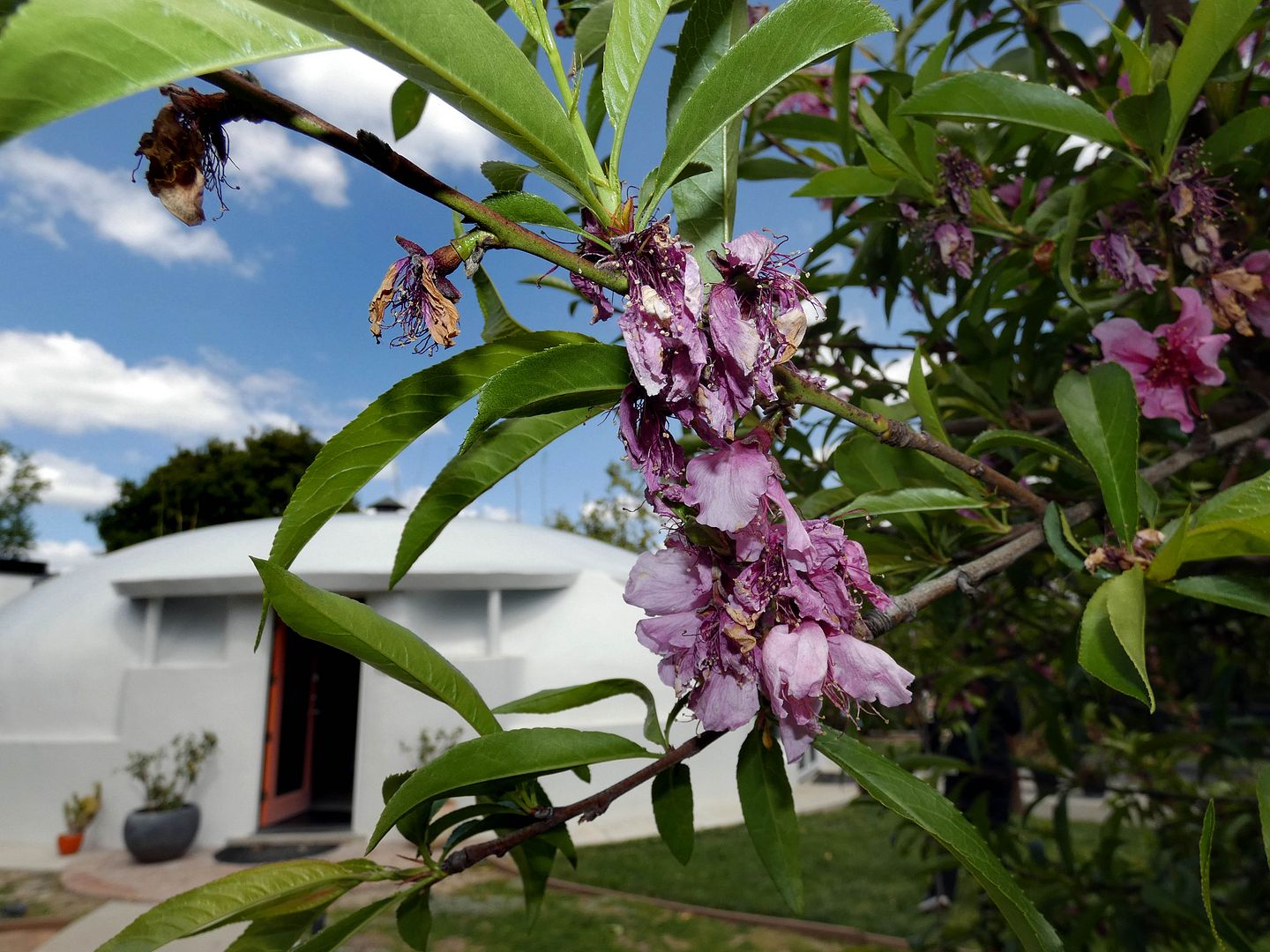When I first moved to California, some places just seemed so far away. It was impossible for me to wrap my head around making a day trip to Joshua Tree or Palm Springs—a three-hour drive each way. But over the past 14 years, my home state has continued to feel smaller and smaller, easier and easier to tackle.
In April 2014, I made a detour from the Eastern Sierra to try to see Silver City Ghost Town in Bodfish, California, located in the Kern River Valley of the Southern Sierra. I'd gotten there too late in the day to catch it before it closed or to even photograph it in daylight. And it just seemed so out-of-the-way that it took me 11 years to try again.
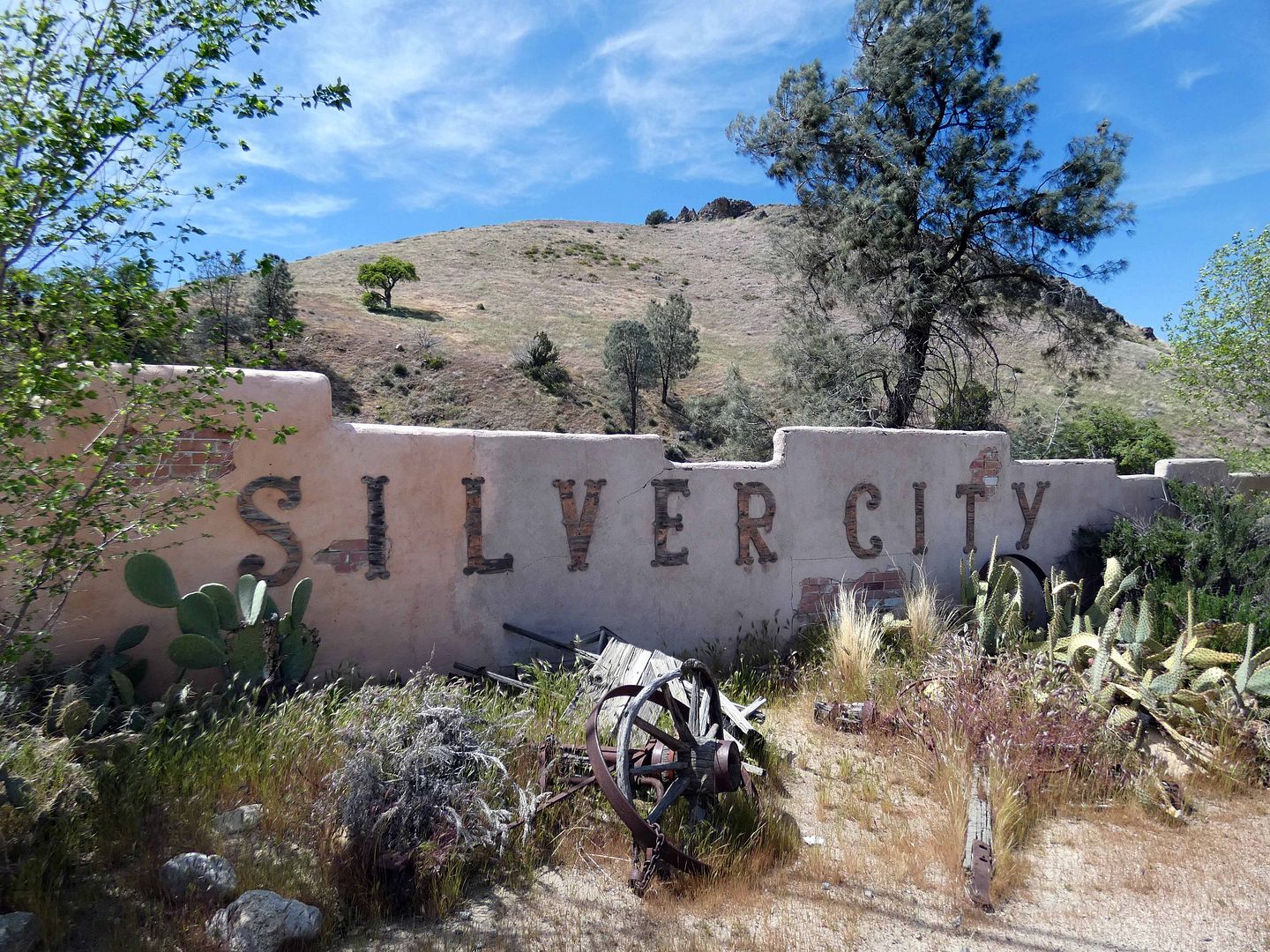
This time, I planned my trip a little better and got an earlier start, as I headed home from the early-morning Burro Run I'd attended in Indian Wells Canyon.

